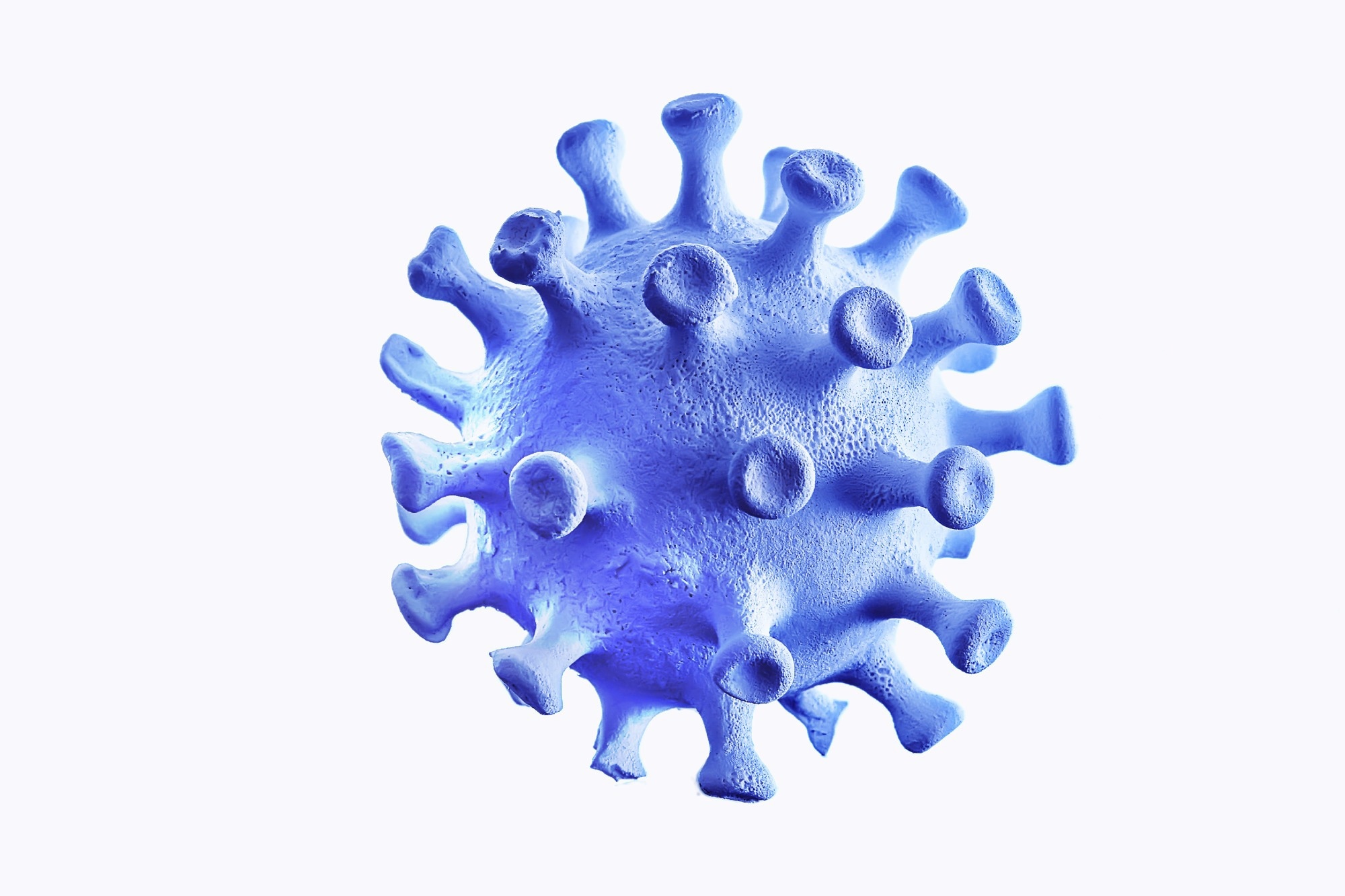In a recent study published in the journal Nature Communications, researchers explore the virological features of the severe acute respiratory syndrome coronavirus 2 (SARS-CoV-2) XBB variant.
 Study: Virological characteristics of the SARS-CoV-2 XBB variant derived from recombination of two Omicron subvariants. Image Credit: Kichigin / Shutterstock.com
Study: Virological characteristics of the SARS-CoV-2 XBB variant derived from recombination of two Omicron subvariants. Image Credit: Kichigin / Shutterstock.com
What is the XBB variant?
In December 2022, SARS-CoV-2 Omicron subvariants were experiencing convergent evolution, with substitutions occurring at the same spike (S) protein residues. XBB, a new recombinant variant, has since emerged alongside the diversification and convergent evolution of novel Omicron subvariants, such as BQ.1.1.
The Omicron XBB variant is believed to have emerged from the combination of two descendants of BA.2, BJ.1, and BM.1.1.1, a descendant of BA.2.75. Previous studies have described the virological characteristics of BQ.1; however, the characteristics of XBB remain unclear.
About the study
In the present study, researchers investigate the virological features of the SARS-CoV-2 Omicron XBB subvariant, with a focus on its transmissibility, angiotensin-converting enzyme 2 (ACE2) binding affinity, and immune resistance.
Convalescent sera were obtained from fully vaccinated individuals who had contracted SARS-CoV-2 BA.2 and BA.5 infections. Additionally, four-dose vaccine sera were obtained from individuals who had received the BA.1 bivalent vaccine, monovalent vaccine, and BA.5 bivalent vaccine. Virus sequences were confirmed through viral ribonucleic acid (RNA)-sequencing analysis.
About 100 random sequences were retrieved from each of the Omicron BA.1, BA.2, BA.4, and BA.5 subvariants, as well as 20 random sequences from BQ.1.1, BA.2.75, BJ.1, and BM.1.1.1, to determine the overall relatedness of BJ.1 and BM.1.1.1, the XBB parent lineages, to other Omicron variants. These sequences were compared to the reference SARS-CoV-2 Wuhan-Hu-1 genome and converted to a multiple-sequence alignment.
The epidemic dynamics associated with viral lineages were analyzed using viral genomic surveillance data from the Global Initiative on Sharing All Influenza Data (GISAID) database. Additionally, the researchers estimated the relative effective reproduction number (Re) for XBB-related lineages in India, epidemic frequencies of XBB and BQ.1 in each country, and country-specific and global Re values of BQ.1 and XBB lineages in the countries where these variants were the dominant circulating strains.
Results
A single recombination breakpoint at genomic position 22,920 was identified through a robust recombination assessment of the aligned set of sequences, which was unique to all XBB sequences and matched the Wuhan-Hu-1 reference genome. The dataset did not reveal any recombination in the BJ.1 and BM.1 sequences.
The most recent common ancestor (tMRCA) of the XBB clade was present in July 2022.; however, the tMRCA of the BJ.1 and XBB lineages was dated in early June 2022. Thus, XBB likely originated in the summer of 2022 when BM.1.1.1 and BJ.1 recombined.
XBB.1 exhibited 30-fold resistance against breakthrough BA.2 infection sera. Similarly, the substitutions V83A, Q183E, Y144del, L368I, R346T, F486S, V445P, and F490S were significantly resistant against BA.2 infection sera.
While individual substitutions have a minor impact on immune resistance, multiple substitutions within the XBB.1 S protein work together to provide resistance against humoral immunity caused by breakthrough BA.2 infection. BA.2.75 exhibited significant resistance against BA.5 infection sera compared to BA.2. Furthermore, XBB.1 was associated with significant resistance against breakthrough BA.5 infection sera.
The XBB.1 S receptor-binding domain (RBD) had a lower binding affinity to the human ACE2 receptor as compared to the ancestral BA.2 S RBD. The R346T substitution in both XBB.1 and BQ.1.1 enhanced the binding affinity of BA.2 S RBD to ACE2. The improved binding affinity of XBB.1 S RBD over BA.2 S RBD was due to three specific substitutions in the RBD, which include L368I, R346T, and N460K.
The XBB.1 pseudovirus was 7.6 times more infectious than the BA.2 pseudovirus, as this viral RBD experienced a notable boost in pseudovirus infectivity due to two substitutions of R346T and L368I.
Y144del, and G252V, both of which are substitutions in the N-terminal domain (NTD), significantly reduced pseudovirus infectivity. Comparatively, the V83A substitutions in the NTD significantly increased pseudovirus infectivity.
Conclusions
XBB exhibits superior fitness and is resilient against antiviral humoral immunity triggered by breakthrough infections of previous Omicron variants. Thus, local SARS-CoV-2 variants with higher fitness will likely spread globally, similar to that which was observed with XBB. These findings emphasize the importance of continuing viral genomic surveillance to continuously assess the risk of novel SARS-CoV-2 variants.
Journal reference:
- Tamura, T., Ito, J., Uriu, K., et al. (2023). Virological characteristics of the SARS-CoV-2 XBB variant derived from recombination of two Omicron subvariants. Nature Communications, 14(1), 1-20. doi:10.1038/s41467-023-38435-3
 COVID-19 'bites the apple': Abdominal obesity ignites cytokine storm
COVID-19 'bites the apple': Abdominal obesity ignites cytokine storm